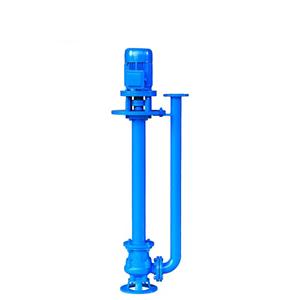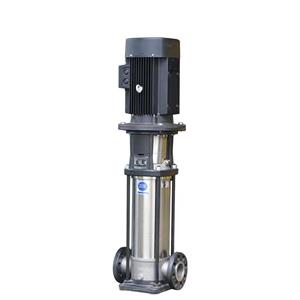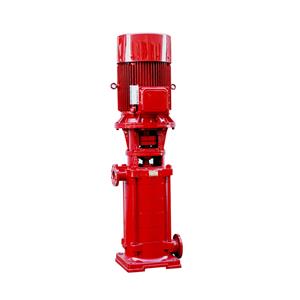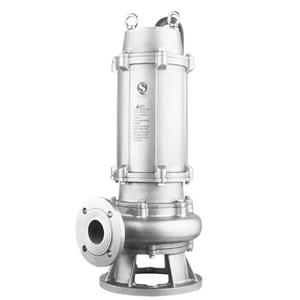-
Selecting a vertical pipeline pump requires careful consideration of multiple factors. By taking into account the flow rate, head pressure, fluid properties, pump material, efficiency, and noise and vibration levels, you can make an informed decision and choose a pump that best suits your specific application requirements.
-
when it comes to handling 2 - 3 cm banana stem fragments, diaphragm pumps, progressive cavity pumps, and screw pumps are all viable options, each with its own advantages and disadvantages. Diaphragm pumps are good for their anti - clogging ability and ease of maintenance, progressive cavity pumps offer a smooth flow and can handle a wide range of conditions, and screw pumps are efficient and can handle high flow rates. The choice ultimately depends on factors such as the specific processing requirements, budget, and the importance of factors like flow rate, maintenance, and cost.
-
Self-priming pumps are widely used in various industries and applications. However, when it comes to pumping fluids that contain particulate matter and impurities, special attention must be paid to ensure the pump's efficient operation and longevity. Here are some crucial considerations.
-
Self-priming pumps are invaluable in a variety of applications where air in the suction line, fluctuating fluid levels, or challenging fluid properties can interfere with the pumping process. They are essential in industries ranging from wastewater treatment and agriculture to construction and emergency dewatering. In situations where traditional pumps would struggle, self-priming pumps provide the reliability and flexibility needed to maintain smooth, continuous operations. By understanding the unique advantages of self-priming pumps and identifying the right applications, industries can optimize their fluid handling processes and improve overall system efficiency.
-
When choosing a pump for handling nitric acid, the key considerations include the material of construction, pump type, flow rate requirements, and safety features. Centrifugal pumps are ideal for larger, continuous flow applications, while diaphragm and peristaltic pumps are better suited for handling smaller quantities or more hazardous scenarios. Gear pumps offer precise flow control but may be prone to clogging, while diaphragm and peristaltic pumps offer excellent chemical resistance and leak protection. Ultimately, the right pump for nitric acid will depend on your specific operational needs, the concentration of nitric acid, and the safety requirements of your plant. By carefully selecting a corrosion-resistant pump and incorporating the necessary safety features, you can ensure safe, efficient, and reliable handling of nitric acid in your chemical processes.
-
Pumps for high-viscosity fluids in the chemical industry need to be specifically designed to handle the challenges posed by thick liquids, such as increased resistance to flow, high energy requirements, and wear. Positive displacement pumps, including gear pumps, progressive cavity pumps, diaphragm pumps, and peristaltic pumps, are often the best choices for handling these fluids due to their ability to maintain consistent flow and generate high pressure. When selecting a pump, it is essential to consider the fluid’s viscosity, temperature, presence of solids, and the required flow rate. By choosing the right pump and maintaining it properly, industries can ensure the reliable and efficient transport of high-viscosity fluids, reducing operational downtime and prolonging the lifespan of their equipment.
-
The flow channel design and material selection of a submersible sewage pump are crucial to the performance and service life of the pump. In actual applications, comprehensive consideration and selection should be made based on the specific use environment and needs.
-
Soybean oil and vegetable oil gear pumps have the working characteristics of stable flow, small pressure pulsation, high volumetric efficiency, good self-priming and insensitivity to oil pollution. These characteristics make gear pumps have broad application prospects and market demand in the field of oil and fat transportation.
-
1710-2024
Working characteristics of gear pump
The gear pump has the working characteristics of strong suction capacity, continuous and uniform liquid supply, simple and compact structure, reliable operation, good lubrication performance and wide range of applicable media. These characteristics make gear pumps have broad application prospects in the field of liquid transportation.
-
The determination of the pump's operating point is a process that comprehensively considers the pump's performance, the characteristics of the pipeline system, and the external environmental conditions. Through precise calculation and reasonable adjustment, it can ensure that the pump operates at the optimal operating point, thereby achieving the goals of high efficiency, stability and energy saving.




